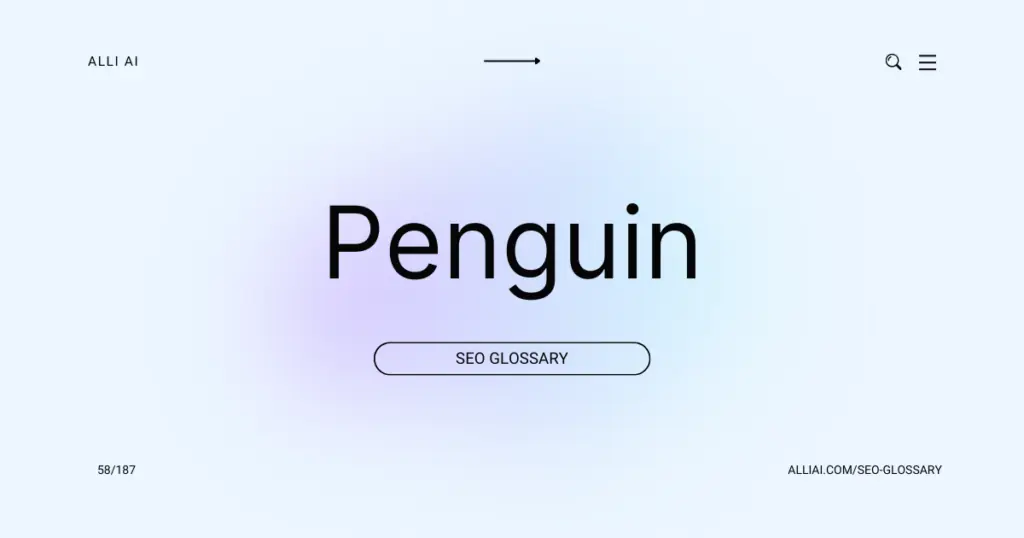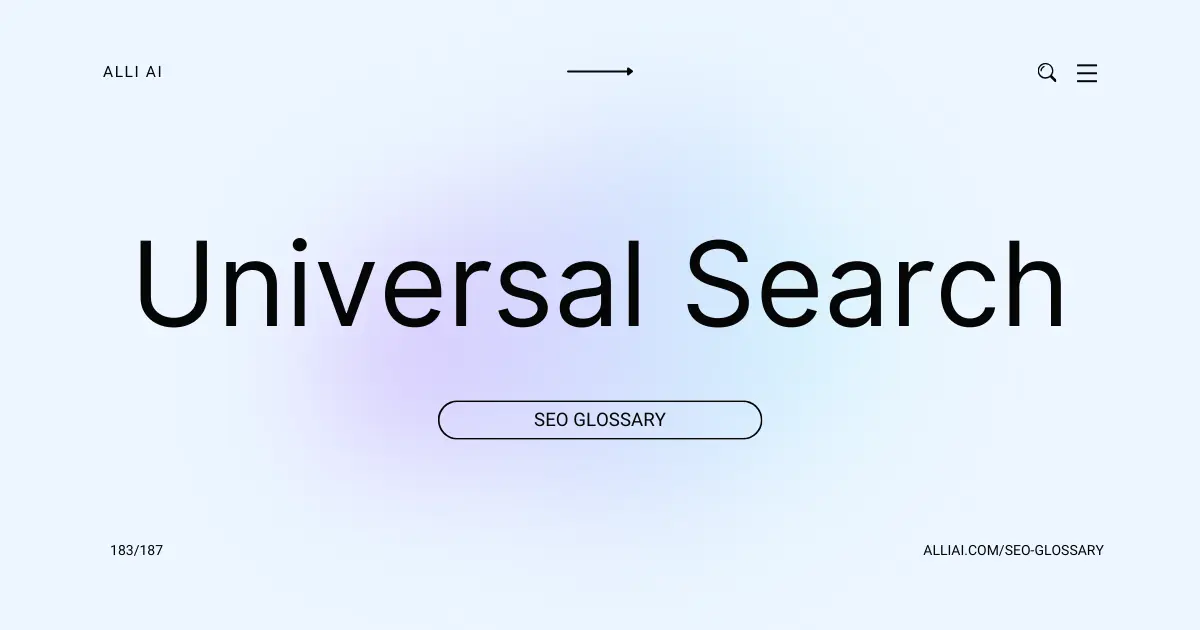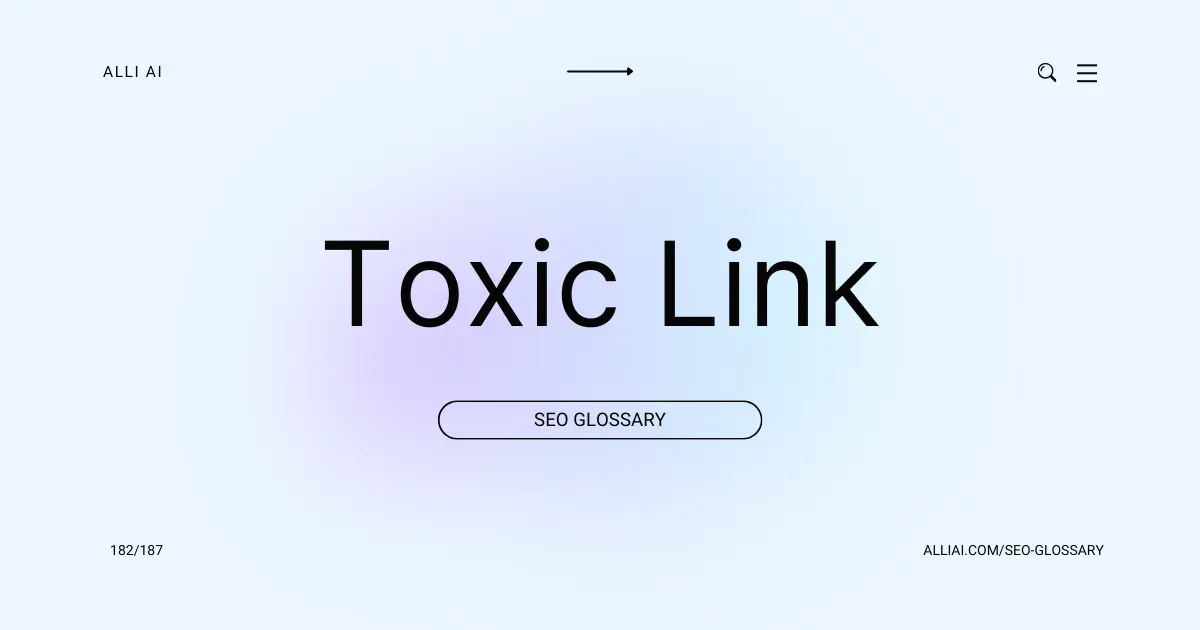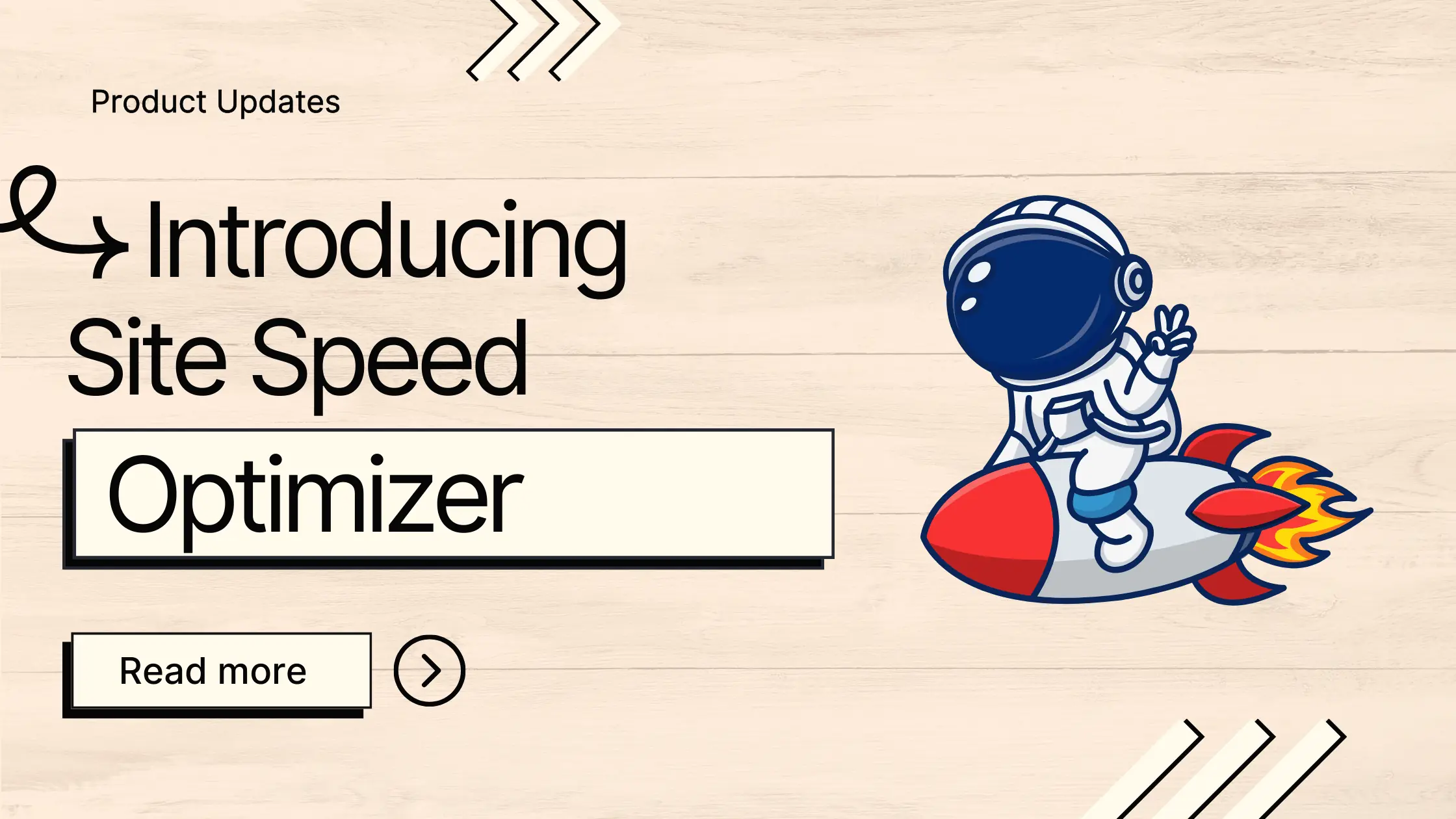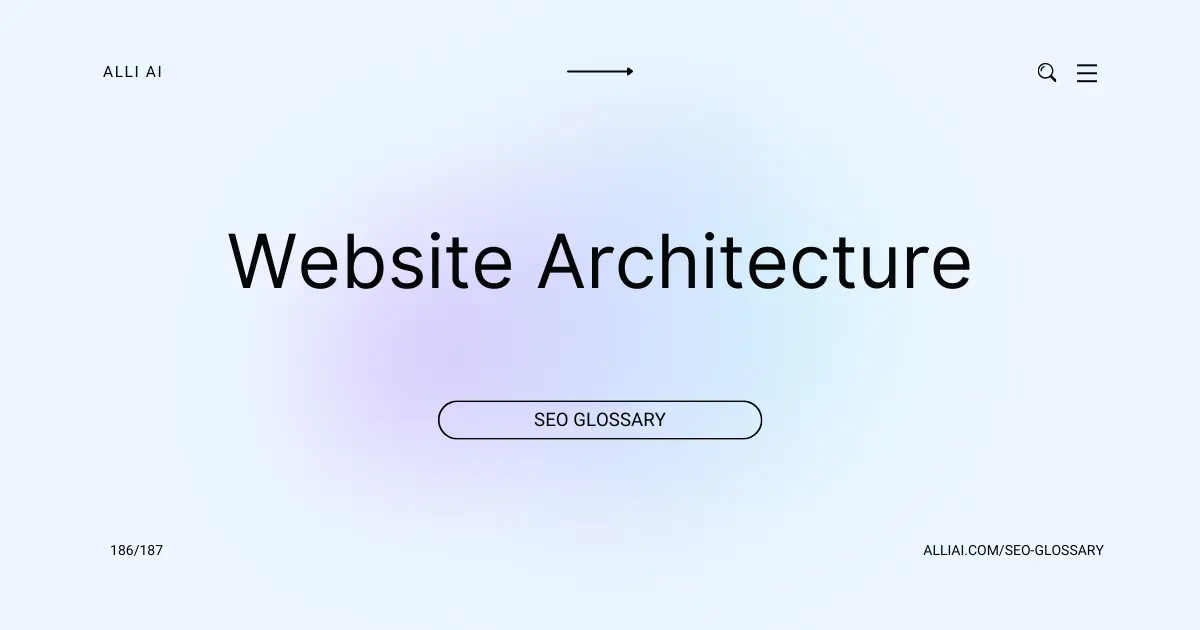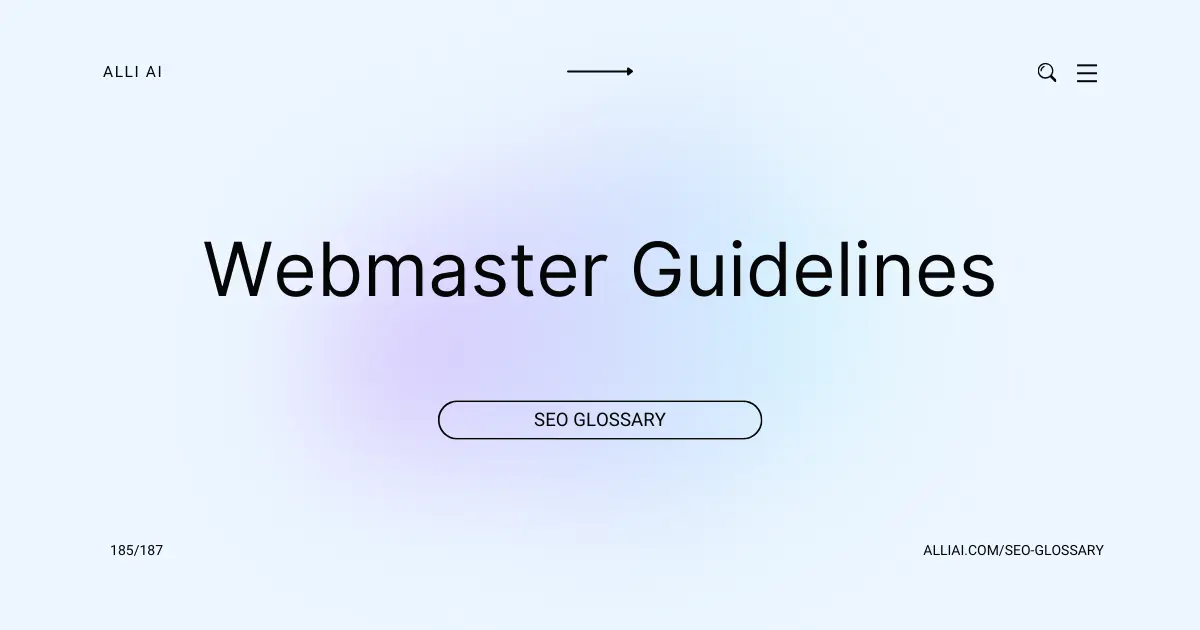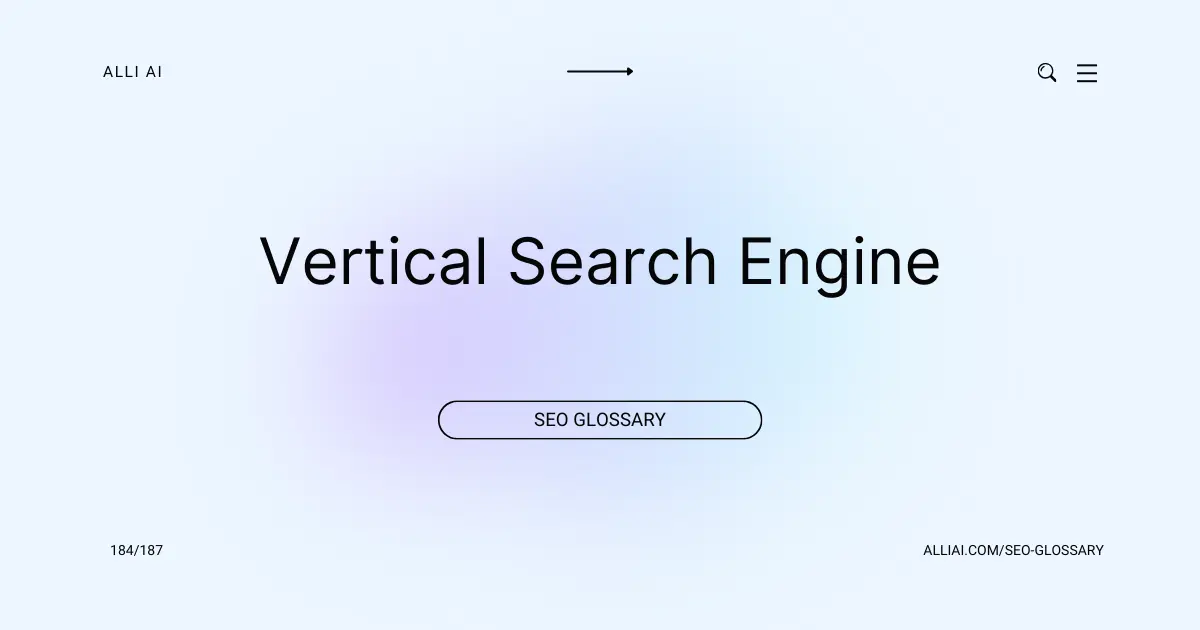What Does Penguin (Google Algorithm Update) Mean?
The Penguin update is a Google algorithm change launched in 2012 designed to target and reduce the search engine rankings of websites that violate Google’s Webmaster Guidelines by using manipulative techniques to obtain high rankings. These techniques include keyword stuffing and obtaining unnatural links. The goal of Penguin is to decrease the rankings of over-optimized sites to promote a more natural and authentic search experience.
Where Does Penguin (Google Algorithm Update) Fit Into The Broader SEO Landscape?
Google’s Penguin update is specifically designed to target websites that violate Google’s Webmaster Guidelines by using manipulative techniques to achieve higher rankings. These tactics are often referred to as “black-hat SEO” and include practices such as keyword stuffing, link schemes, and cloaking. It works by decreasing the search rankings of websites that it deems to be engaging in spammy practices, particularly focusing on the quality and relevance of links pointing to and from a website. This algorithm update plays a crucial role in encouraging webmasters and SEO professionals to pursue more ethical, “white-hat” SEO strategies focused on creating quality content and acquiring natural links. The Penguin update is an integral component of Google’s overall mission to deliver more relevant, high-quality search results to users.
Real Life Analogies or Metaphors to Explain Penguin (Google Algorithm Update)
Imagine the internet as a vast ocean and each website as a different species of fish. The Google Penguin update is like a highly skilled fisherman who specifically targets fish that have been artificially fattened. Websites that have tried to bulk up their presence unnaturally with irrelevant or dubious backlinks are like these artificially fattened fish. Just as the skilled fisherman can identify and catch these particular fish, Google Penguin can detect these over-optimized sites and reduce their visibility in the search results, promoting a healthier, more natural ecosystem in the ocean of the internet.
How the Penguin (Google Algorithm Update) Functions or is Implemented?
1. Link Evaluation: Penguin analyzes the quality of links pointing to a page or site. It checks if the links are from reputable sources or if they appear manipulative.
2. Link Patterns Detection: It identifies common patterns that suggest artificial or spammy link-building tactics, such as sudden spikes in backlink numbers, links from irrelevant or low-quality sites, and links with overly optimized anchor text.
3. Content Quality Check: The algorithm assesses the content on the page to ensure it’s relevant and valuable to users, complementing the link quality assessments.
4. Impact on Rankings: If Penguin finds unnatural links, it can lower the ranking of the affected pages or the whole site. The impact is applied in real-time, as the algorithm is part of Google’s core algorithm and operates continuously.
5. Data Refreshes: Although Penguin now operates in real-time, Google may periodically refresh data to include new link information and re-evaluate sites.
6. Recovery and Penalty Reversal: If penalized, recovery involves cleaning up a site’s link profile, including disavowing harmful links and improving content. Once adjustments are noticed by Penguin, sites can regain rankings.
Impact Penguin (Google Algorithm Update) has on SEO
The primary impact of Google’s Penguin update is its focus on penalizing websites that engage in manipulative link schemes and keyword stuffing. Websites affected by Penguin are those identified with unnatural, manipulative inbound link profiles, including paid links, links from low-quality or irrelevant sites, and links obtained through link farms. This results in lowered rankings for web pages that violate Google’s Webmaster Guidelines.
Furthermore, the Penguin update encourages a better user experience by rewarding high-quality and relevant content, discouraging the use of over-optimized content solely designed to rank well. Websites adhering to ethical SEO practices, offering valuable content, and acquiring links organically are more likely to experience improved or stable ranking positions post-Penguin. Consequently, Penguin has shifted the priority for SEO strategies towards more user-centric, content-focused approaches.
SEO Best Practices For Penguin (Google Algorithm Update)
1. Audit Your Link Profile: Use tools such as Ahrefs, SEMrush, or Google Search Console to analyze your incoming links. Identify potentially harmful links that are low-quality, irrelevant, or spammy.
2. Remove Bad Links: Contact the webmasters of the sites that are linking to you unfavorably and request the removal of these links. If that fails, use Google’s Disavow Tool to disavow the links.
3. Focus on High-Quality Link Building: Aim for links from high-authority and relevant sites. Utilize guest blogging, broken link building, or digital PR strategies to build new, high-quality links.
4. Ensure Relevance of Anchor Text: Evaluate the anchor text of your inbound links. Ensure that the anchor text is varied and relevant to the content of your page, avoiding over-optimization or the excessive use of exact-match keywords.
5. Improve On-Page SEO: Ensure that your content is high-quality, relevant, and provides value to your audience. Optimize title tags, meta descriptions, header tags, and content with appropriate use of keywords without stuffing.
6. Enhance User Experience: Improve the usability of your site by ensuring fast load times, mobile-friendliness, and intuitive navigation. Google rewards sites that provide a good user experience.
7. Monitor Your Backlink Profile Regularly: Regularly check your link profile for any unusual linking activities or spikes in low-quality links to proactively combat negative SEO.
8. Use Social Signals Properly: Increase engagement on social media as part of your SEO strategy. Although social signals are not a direct ranking factor, they contribute to broader engagement and visibility, which can indirectly influence your rankings.
9. Create and Distribute Valuable Content: Regularly update your website with original and valuable content, which naturally attracts high-quality backlinks and user engagement.
10. Utilize Internal Linking: Strengthen your internal linking structure to help spread link equity throughout your site, improve navigation, and increase the relevance of pages for specific keywords.
Implement these steps systematically to optimize for the Penguin update and improve your website’s overall search performance.
Common Mistakes To Avoid
1. Keyword Stuffing: Overloading keywords in your content and meta tags can trigger Penguin penalties. Focus on creating natural, user-friendly content with a reasonable keyword density.
2. Irrelevant Backlinks: Acquiring links from sites that have no relevance to your content can be seen as manipulative. Build relationships and earn links from reputable sources within your industry.
3. Low-Quality Links: Links from spammy or low-quality networks can lower your site’s credibility. Regularly audit your link profile using tools like Google Search Console and remove or disavow harmful links.
4. Over-Optimized Anchor Text: Using the same exact-match anchor text for many links looks unnatural. Vary your anchor text and include branded, generic, and naked URLs.
5. Rapid Link Acquisition: Suddenly gaining a large number of links can appear suspicious. Grow your link profile steadily and organically.
6. Using link schemes: Participating in link exchanges or buying links are tactics that go against Google’s guidelines. Focus on earning links through high-quality content and authentic engagement.
7. Ignoring NoFollow and DoFollow Balance: Having an unnatural ratio of DoFollow to NoFollow links can raise flags. Maintain a healthy balance reflecting real-world link acquisition.
8. Ignoring User Experience (UX): Sites not optimized for usability and readability can indirectly impact your ranking by losing user engagement. Optimize site speed, mobile responsiveness, and overall user navigation.
9. Neglecting Content Quality: Thin or duplicate content can harm your rankings. Invest in rich, unique, and engaging content that provides real value to your readers.
10. Failing to Monitor your Link Profile: Regular monitoring can help you react quickly to any harmful changes to your backlink profile. Set up regular audits and keep an eye on new backlinks.
By adhering to Google’s Webmaster Guidelines and focusing on creating high-quality, user-centric content, you can avoid the pitfalls associated with the Penguin update and maintain a healthy, thriving online presence.
